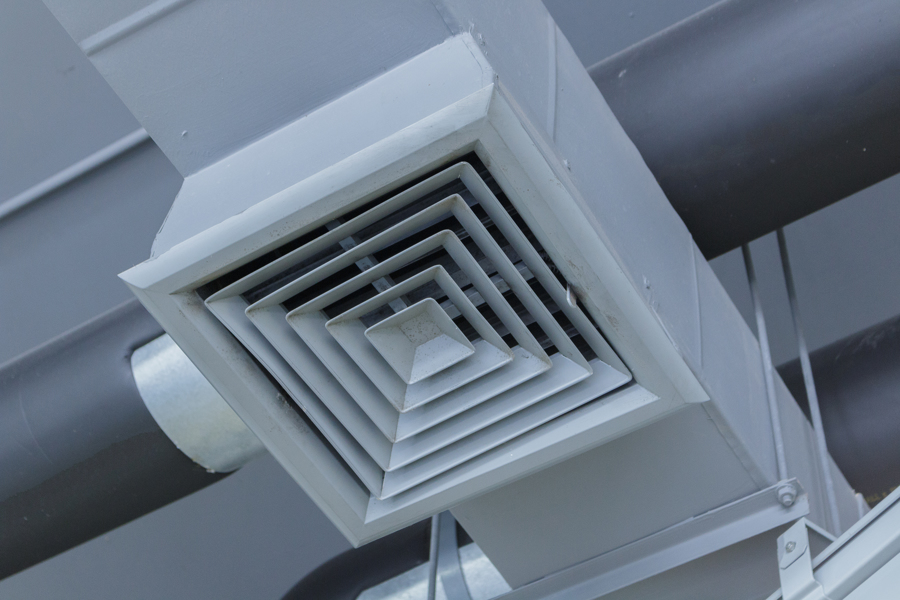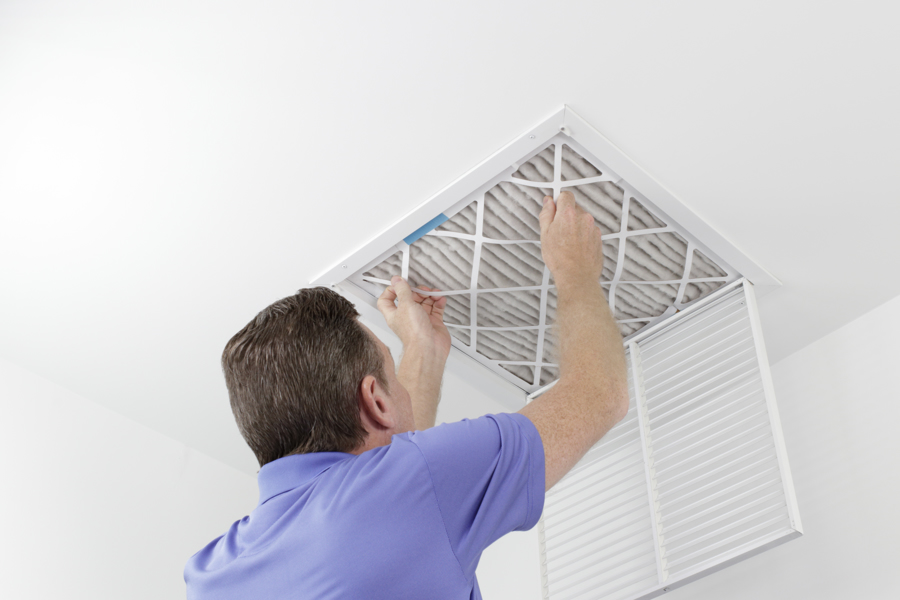
What does MVHR stand for?

MVHR or `Mechanical Ventilation and Heat Recovery` uses dedicated machines and ducting to extract stale air from a building and replace it with fresh, pre-heated filtered air. The MVHR unit uses the old air to heat up the incoming fresh air. All buildings need ventilation and MVHR is a good way to provide fresh air in a very energy efficient way into newer buildings. Older buildings are normally very leaky and provide natural ventilation through windows, doors, fireplaces and small gaps in the construction. The fresh air coming in is a significant cause of heat losses. More modern buildings are built to much higher standards and are more efficient partly by being virtually airtight. To be habitable they must have a mechanical ventilation system.
A further advantage of an MVHR system is that it extracts moist air from kitchens and bathrooms and during hot weather may also be able to provide whole house air conditioning.
How does MVHR work?
A well installed heat recovery ventilation system (MVHR) works by continuously withdrawing stale air from the property while simultaneously drawing in fresh air from the outside. The stale air is drawn through an air-to-air heat exchanger within the heat recovery unit which preheats the incoming fresh air. The fresh air is filtered and channelled through a network of ducting and fed into the living area of the property. In a well installed system with a well-sealed house, the efficiency of heat recovery can be as high as about 95 percent.
Systems should be designed to operate in summer as well as winter. In summer rather than recovering heat it is necessary to bypass the heat recovery unit to allow cold air to be introduced to the house, and in some cases it may also be possible to chill and dehumidify the incoming air to provide air-conditioning.
What are the benefits of MVHR?

Traditional ventilation options such as window trickle vents and bathroom extractor fans introduce cold air directly into the house to replace the stale, warm air. This is a direct contribution to heat loss. In a normal house it may amount to about third of the total heat loss.
In airtight homes, an MVHR system is the preferable option since it collects damp stale air and replaces it with fresh, warm, filtered air while recovering up to 95 percent of the heat within the exhausted air. The fuel and emissions savings can be very substantial.
What are the pros and cons of MVHR?
- Improves indoor air quality
- Recovers up to 95% of the heat of the extracted air
- Reduces heating costs and fuel bills
- Replace the need for individual extraction fans
- MVHR systems have a high initial cost
- They are only suitable for a nearly air-tight house
- Space for the ducting in the fabric of the house has to be found